330 ohm resistor is one of the most frequently use resistors values, known for its suitability in a wide range of low-power and low-voltage circuits.
Resistor are the basic components , from limiting current in LED circuits to voltage regulation and signal processing, making electronics function reliably. In this guide, we’ll take an in-depth look at the 330 ohms , including:
What 330 Ohm Resistor does in a Circuit
E-series Standards Resistor 330 Ohm
330 Ohm Resistors Tolerance, Power Rating, and Applications
Frequently Asked Questions [FAQ]
Let’s dive in.
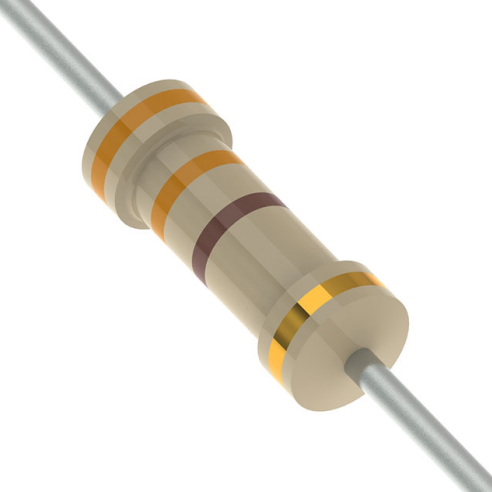
What 330 Ohm Resistor does in a Circuit
The 330Ω consider a desired value in electronics. It's small enough to allow sufficient current for devices like LEDs and transistors to function correctly, but large enough to prevent excessive current that could damage components.
Here are some specific purposes of using a 330 ohms :
▸ Current Limiting
The most common usage is to limit current, especially in LED circuits. LEDs require only a small amount of current (typically 5–20 mA), and use a 330ohm to keep the current within safe limits.
For example, in a 5V system, an LED with a forward voltage of 2V would produce:
· I=(5V−2V)/330Ω≈9.1mA
This is perfect for powering a standard red or green LED.
▸ Biasing Transistors
Use in the base or emitter circuits of bipolar junction transistors (BJTs) to ensure proper biasing and operation.
▸ Signal Conditioning and Isolation
In communication devices or sensor circuits, 330-ohms resistors can help reduce noise or provide basic isolation between components. Control signal levels, reduce noise, and protect sensitive inputs in audio circuits.
330 Ohm Resistor Color Code
Color | Nominal | Multiplier | Tolerance | |
Black | 0 | x1 | - | |
Brown | 1 | x10 | ±1% | |
Red | 2 | x100 | ±2% | |
Orange | 3 | x1000 | - | |
Yellow | 4 | x10K | - | |
Green | 5 | x100K | ±0.5% | |
Blue | 6 | x1000K | ±0.25% | |
Violet | 7 | - | ±0.1% | |
Gray | 8 | - | ±0.05% | |
White | 9 | x0.001 | - | |
Silver | - | x0.01 | ±10% | |
Gold | - | x0.1 | ±5% | |
Colour Band Description | ||
Band | Precision (5-Band Only) | General Purpose (4-Band Only) |
1st band | Nominal | Nominal |
2nd band | Nominal | Nominal |
3rd band | Nominal | Multiplier |
4th band | Multiplier | Tolerance |
5th band | Tolerance | - |
Use colour codes to indicate resistance values in a compact and standardized format. Available in different band systems — 4-band, 5-band, and 6-band — use depending on the precision and application of the component.
⚫ 4-Band Color Code for 330Ω
To read the 4-band color code of a 330 ohms, you need to understand what each of the four colored bands means:
Band Number | Function | Color | Value |
1 | 1st Digit | Orange | 3 |
2 | 2nd Digit | Orange | 3 |
3 | Multiplier | Brown | ×10 |
4 | Tolerance | Gold | ±5% |
Total Resistance = 33 × 10 = 330 ohms ±5% | |||
Calculation:
1. Combine 1st and 2nd digits: 33
2. Multiply by the multiplier:33 × 10 = 330 ohms
3. Tolerance: ±5%
→ The resistance may actually be between 313.5 ohms and 346.5 ohms
✅ Final Value: 330Ω ±5%
So, if you see a circuit with Orange, Orange, Brown, Gold, you are looking at a 330 Ω resistor with 5% tolerance.
Use primarily in general-purpose applications with ±5% tolerance.
⚫ 5-Band Resistor Color Code for 330R
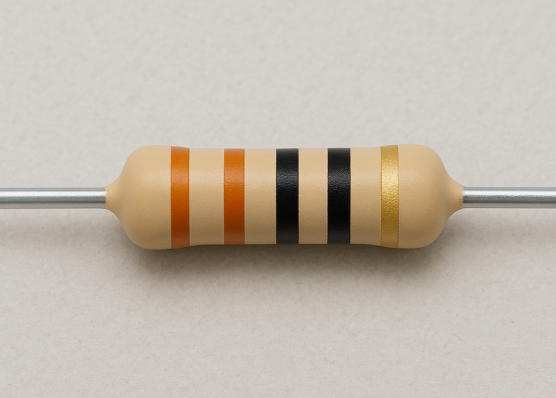
Band Number | Function | Color | Value |
1 | 1st Digit | Orange | 3 |
2 | 2nd Digit | Orange | 3 |
3 | 3rd Digit | Black | 0 |
4 | Multiplier | Black | ×1 |
5 | Tolerance | Gold | ±5% |
Total Resistance = 330 × 1 = 330 ohms ±5% | |||
Calculation:
1. Combine 1st, 2nd, and 3rd digits:3 – 3 – 0 → 330
2. Multiply by the multiplier:330 × 1 = 330 ohms
3. Tolerance: ±5%
→ The resistance can range from 313.5Ω to 346.5Ω
✅ Final Value: 330Ω ±5%
So, if you see Orange – Orange – Black – Black – Gold, it is a 5-band 330ohm-resistor with 5% tolerance, offering higher precision than the 4-band version.
Prefer for higher accuracy builds and automated systems.
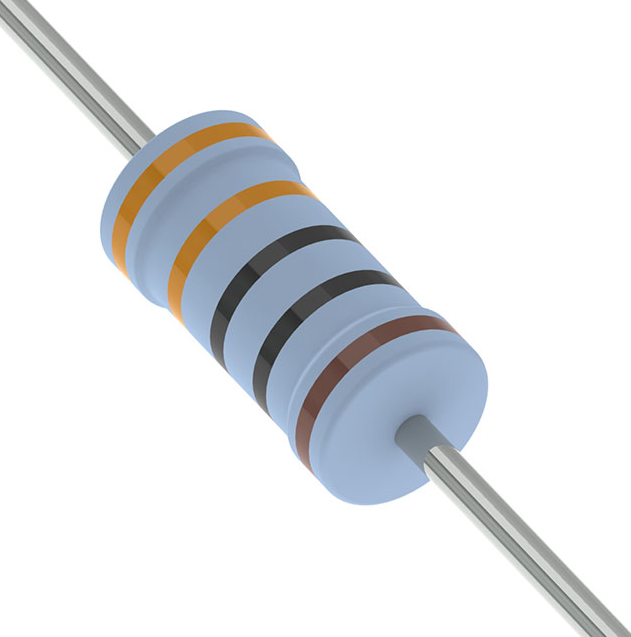
4-band vs 5-band colour codes
The main difference between 4-band and 5-band 330R resistors lies in their precision, color coding method, and intended application. While both represent the same resistance value of 330Ω, they use different coding systems and offer different levels of accuracy.
If you're working on a casual DIY project, a 4-band 330ohm is usually fine. But if you're developing a circuit that demands consistent and accurate values — such as sensor calibration, analog audio filtering, or medical devices — you’ll want the tighter accuracy of a 5-band 330ohms.
Feature | 4-Band | 5-Band |
Number of Bands | 4 | 5 |
Digit Count | 2 significant digits + 1 multiplier | 3 significant digits + 1 multiplier |
Color Code Example | Orange-Orange- Brown-Gold | Orange-Orange- Black-Black-Gold |
Value Calculation | 33 × 10 = 330Ω | 330 × 1 = 330Ω |
Tolerance | ±5% (Gold) or ±10% (Silver) | Typically ±1%, ±2%, or ±0.5% |
Precision | Lower precision | Higher precision |
Common Tolerance Types | ±5%, ±10% | ±0.1%, ±0.5%, ±1%, ±2%, ±5% |
Application Type | General-purpose, hobby circuits | Professional, precision, and sensitive circuits |
Cost | Slightly lower | Slightly higher |
Usage | LED circuits, basic electronics | Analog signals, instrumentation, calibration |
Key Differences Explained
✅ 1. Number of Digits Encoded
· 4-band: Encodes 2 significant digits and multiplies them.
o Example: Orange (3), Orange (3), Brown (×10) → 33 × 10 = 330Ω
· 5-band: Encodes 3 significant digits, providing more precise values.
o Example: Orange (3), Orange (3), Black (0), Black (×1) → 330 × 1 = 330Ω
✅ 2. Tolerance and Accuracy
· 4-bands usually manufacture with ±5% or ±10% tolerance, meaning actual resistance can range more.
· 5-bands make for ±1%, ±2%, or even ±0.1% tolerance, offering better accuracy, especially important in precision analog and digital circuits.
✅ 3. Use Case
· 4-band ideal for LEDs, pull-up resistors, or basic circuits.
· Use a 5-band 330Ω in situations requiring precise current control, voltage division, or analog signal stability.
⚫ 6-Band Resistor Colour Code for 330Ohms
Band Number | Function | Color | Value |
1 | 1st-Digit | Orange | 3 |
2 | 2nd-Digit | Orange | 3 |
3 | 3rd-Digit | Black | 0 |
4 | Multiplier | Black | ×1 |
5 | Tolerance | Gold | ±5% |
6 | Temperature Coefficient | Brown | 100 ppm/°C |
Total Resistance = 330 × 1 = 330 ohms ±5%, with 100 ppm/°C temperature stability. | |||
Adds a 6th-band to specify temperature coefficient, which defines how much resistance changes with temperature.
A coefficient of 100 ppm/°C(parts per million per degree Celsius), means the resistance could change by:
· 0.01% per °C
· For a 330Ω, it range ±0.033Ω per °C
Typical 6-band:
· Orange - Orange - Black - Black - Gold - Brown , Value = 330 Ω ±5%, Temp.Coefficient = 100 ppm/°C (Brown)
Use this type in precision environments where stability across temperatures is necessary, such as aerospace, medical, or instrumentation circuits.
Temperature Coefficient Colour Code Table (6th-Band)
Color | Temperature Coefficient (ppm/°C) | Meaning |
Brown | 100 ppm/°C | Most common for general-purpose |
Red | 50 ppm/°C | Higher stability |
Orange | 15 ppm/°C | Precise applications |
Yellow | 25 ppm/°C | Precision-grade |
Blue | 10 ppm/°C | Stable |
Violet | 5 ppm/°C | High-end reference resistors |
Gray | 1 ppm/°C | Extreme precision |
None | Not specified | No temp coefficient |
Comparison of 4-Band vs 5-Band, vs 6-Band 330Ω
Band Number | 4-band | 5-band | 6-band |
1 | 1st-Digit | 1st-Digit | 1st-Digit |
3-Orange | 3-Orange | 3-Orange | |
2 | 2nd-Digit | 2nd-Digit | 2nd-Digit |
3-Orange | 3-Orange | 3-Orange | |
3 | Multiplier | 3rd-Digit | 3rd-Digit |
x10-Brown | 0-Black | 0-Black | |
4 | Tolerance | Multiplier | Multiplier |
±% | x1-Black | x1-Black | |
5 | None | Tolerance | Tolerance |
±% | ±% | ||
6 | None | None | Temp.Coefficient |
ppm/°C |
This comparison helps in selecting the right components based on project requirements and environmental conditions.
Feature | 4-Band | 5-Band | 6-Band |
Number of Bands | 4 | 5 | 6 |
Color Coding | Orange – Orange – Brown – Gold | Orange – Orange – Black – Black – Gold | Orange – Orange – Black – Black – Gold – Brown |
Digits Encoded | 2 digits + multiplier | 3 digits + multiplier | 3 digits + multiplier+ temperature Coefficient |
Multiplier Band | 3rd-band | 4th-band | 4th-band |
Tolerance Band | 4th-band | 5th-band | 5th-band |
Temp. Coefficient Band | None | None | 6th-band |
Typical Tolerance | ±5% (Gold), ±10% (Silver) | ±0.1% to ±5% | ±0.1% to ±5% |
Temperature Stability | Not specified | Not specified | Specified (e.g., 100 ppm/°C = Brown) |
Precision Level | Basic | High | High + temperature stable |
Typical Applications | Hobby, LED circuits, general electronics | Precision analog/digital circuits | Industrial, medical, aerospace, instrumentation |
Availability | Common | In precision work | Less common; use in critical designs |
Cost | Lowest | Moderate | Highest |
E-series Standards Resistor 330 Ohm
The values standardize using the E-series defined by the IEC. These series include:
· E6: 6-values per decade (±20%)
· E12: 12-values per decade (±10%)
· E24: 24-values per decade (±5%)
· E48 / E96 / E192: High-precision (±2%, ±1%, ±0.5%, ±0.1%)
This makes it available in various tolerance levels and physical sizes.
Summary: Which Series Use 330Ω Directly?
E-Series | Includes 330Ω Exactly? | Closest Approximate Value |
E6 | ✅ Yes | – |
E12 | ✅ Yes | – |
E24 | ✅ Yes | – |
E48 | Not exact | 332Ω |
E96 | Not exact | 332Ω |
E192 | ✅ Yes | 330Ω exactly available |
· As you move into higher precision series, exact 330Ω may be replaced by close approximations like 332Ω or 328Ω, but 330R is still use directly in E192.
· In design, when working with E48 or E96 series, if exact 330Ω is not available, use nearest standard values depending on tolerance requirements.
330 Ohm Resistors Tolerance
Refer to the allowable deviation from the nominal value. The lower the tolerance, the closer the actual value is to the labeled resistance.
Here's a detail tolerance range table for a 330R resistor at various tolerance levels. This table shows the minimum and maximum resistance values, base on each percentage.
330 Ohm Resistor Tolerance Range Table
Tolerance (%) | Resistance Range (Ω) | Description |
±0.01% | 329.967~330.033 | High precision |
±0.02% | 329.934~330.066 | Extremely precise |
±0.05% | 329.835~330.165 | Precision |
±0.1% | 329.67~330.33 | Precision-grade applications |
±0.25% | 328.25~331.75 | Industrial measurement devices |
±0.5% | 328.35~331.65 | General precision use |
±1% | 326.7~333.3 | Common in professional circuits |
±2% | 323.4~336.6 | Less precise, cost-efficient |
±5% | 313.5~346.5 | General-purpose |
±10% | 297~363 | Wide-tolerance |
±20% | 264~396 | Old carbon resistors |
How Calculate It :
For each tolerance T%, the range is:
Min = 330 × (1 − T%)
Max = 330 × (1 + T%)
Use Cases:
· ±0.01%~±0.1%: Laboratory, precision instrumentation, sensors
· ±0.25%~±1%: Industrial, control systems, analog circuits
· ±2%~±5%: General electronics, LED current limiting, consumer products
· ±10%~±20%: Non-critical applications, older or cost-restricted designs
Why It Matters:
In power-sensitive, audio, medical, or communication systems, even minor deviations can cause instability. For hobby use, ±5% or ±10% is sufficient. For industrial or scientific work, prefer lower tolerance (e.g., ±1% or better) .
1. Ensures Circuit Accuracy and Stability
Resistors control current and voltage levels in a circuit. If the circuit value varies beyond expected limits because tolerance, it can cause incorrect current flow, voltage drops that affect sensitive components and drift in timing circuits or oscillators.
Understanding the tolerance range helps ensure your design performs as intended.
2. Affects Component Selection
3. Impacts Cost and Availability
· Tighter tolerance generally cost more because stricter manufacturing controls.
· Looser tolerance lower cost and more widely available.
Choosing the right tolerance balances budget and performance.
4. Prevents Circuit Failures
Using with inappropriate tolerance can cause:
· Overheating because unexpected current levels
· Signal distortion in analog circuits
· Erratic behavior in timing or sensor circuits
Knowing and respecting tolerance prevents these issues.
5. Helps in Troubleshooting
If a circuit malfunctions, knowing the tolerance range lets you quickly check if it drift or failure is the cause.
Power Rating of a 330 Ohm Resistor
Defines how much energy a component can safely dissipate without overheating or failing. Common include:
0.063W(1/16W) | 0.75W(3/4W) | 4W | 12W |
0.1W(1/10W) | 1W | 5W | 13W |
0.125W(1/8W) | 1.2W | 5.25W | 13.5W |
0.167W(1/6W) | 1.5W | 6W | 14W |
0.2W(1/5W) | 1.7W | 6.5W | 15W |
1/4 Watt | 1.75W | 7W | 16W |
0.3W | 2W Watt | 8W | 20W |
0.333W(1/3W) | 2.25W | 9W | 25W |
0.4W | 3W | 10 Watt | 30W |
1/2 Watt | 3.25W | 10.5W | 40W |
0.6W | 3.75W | 11W |
Applications of 330 Ohm Resistors
Use in countless devices and applications. Here are some notable examples:
➤ In LED Circuits
As current limiters for LEDs in 3.3V or 5V circuits (Arduino, Raspberry Pi, ESP32, etc.) . Typical Use Case: Indicator lights, display panels, hobby electronics projects.
➤Pull-up or Pull-down Resistors
Define default logic levels (HIGH or LOW) on digital input pins(eg.Microcontroller and logic circuits).
➤ Audio Equipment
Used in equalization, mixing, or gain control in analog circuits
➤ Sensor Interfaces
Conditioning analog signals from temperature, humidity, or IR sensors
➤ Test Equipment
In probes, signal generators, oscilloscopes, and voltage dividers.
➤ Voltage Reference or Divider
Paired with another resistor, a 330Ω helps scale down a voltage from a higher level to a usable lower voltage. Use in analog circuits to divide voltage between two resistors, creating reference voltages or scaling down signals for ADC (Analog to Digital Converter) inputs.
➤RC (Resistor-Capacitor) Timing Circuits
Create delays or control timing intervals.
Its moderate resistance value makes it ideal for controlling current flow and voltage levels in many practical applications.
Balances current control with minimal voltage drop, making it a staple in both simple and complex electronic designs.
Frequently Asked Questions [FAQ]
1. What color is a 330 ohm resistor?
· 4-Band: Orange - Orange - Brown - Gold
· 5-Band: Orange - Orange - Black - Black - Gold
· 6-Band: Same as 5-band, with extra color for temperature (e.g., Brown)
2. What is a 330 ohm resistor used for?
Use in limits current to protect components like LED circuits, voltage dividers, signal conditioning, transistor biasing, timing circuits, current sensing and logic circuits. It helps manage current and voltage safely and predictably.
3. Is there a 330 ohm resistor?
Yes! It’s a standard value in resistor manufacturing and is widely available in E6 to E192 series. You can find it in axial (carbon film, metal film) and SMD package type,widely use in electronics for current limiting, voltage division, and many other purposes.
4. How many Ohms is a 330R resistor?
“330R” means resistance 330 ohms. The "R" replaces the decimal point or denotes “ohm” in part numbers (e.g., 1K5 = 1.5kΩ), so 330R simply stands for 330Ω.
5. Why Use a 330 Ohm Resistor with LEDs?
Use to limit the current flowing through the LED to a safe level. LEDs need a controlled current to operate safely; without this circuit, too much current can flow, causing the LED to burn out quickly. Balance enough current for brightness while preventing overheating, especially in typical 5V or 3.3V circuits. This resistor ensures the LED runs efficiently and lasts longer by maintaining a safe and steady current.
6. How many volts is 330 ohms?
330 ohm is a measure of resistance, not voltage. The voltage across a 330-ohms resistor depends on how much current flows through it.
Voltage determine by the current. Using Ohm’s Law:
· If current = 10mA → V = I × R = 0.01A × 330Ω = 3.3V
· Resistance itself doesn’t have volts; voltage depends on current passing through it.
Conclusion
The 330R resistor is a highly versatile component that you'll encounter in nearly every electronics project. Whether you're working with LEDs, microcontrollers, audio, or sensors, this resistance value helps provide safe, stable operation.
Its widespread use, easy identification via color coding, availability in various tolerances and power ratings, and compatibility with industry E-series standards make it a go-to choice for engineers and hobbyists alike.
Read More:
1.470 Ohm Resistor And Color Code
HOT NEWS
The 0402 Resistor: A Comprehensive Guide
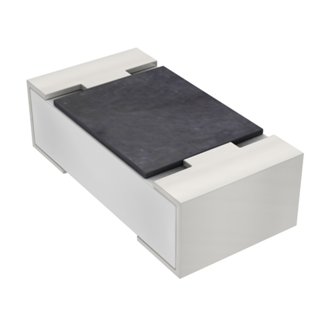
0402 Resistor
2025-05-06
Understanding A 0603 Resistor
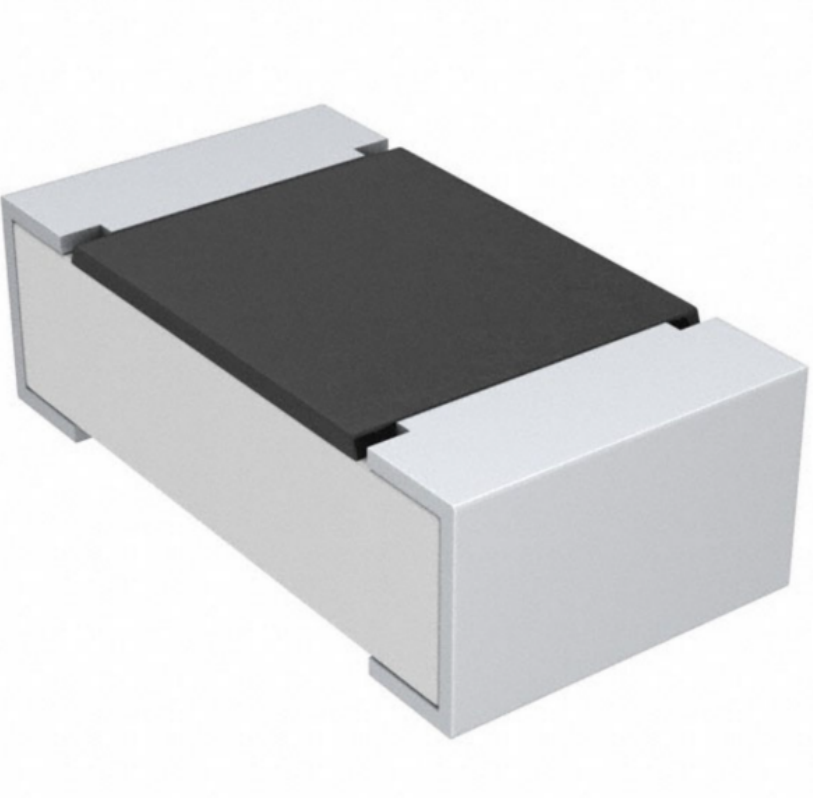
0603 resistor,dimensions,marking code, values
2025-05-29
What is 10k Ohm Resistor?

10k resistor 10k resistor color code
2025-05-14
Everything You Need To Know About ARE1309 Relay

2025-04-23
What Is A 1206 Resistor?
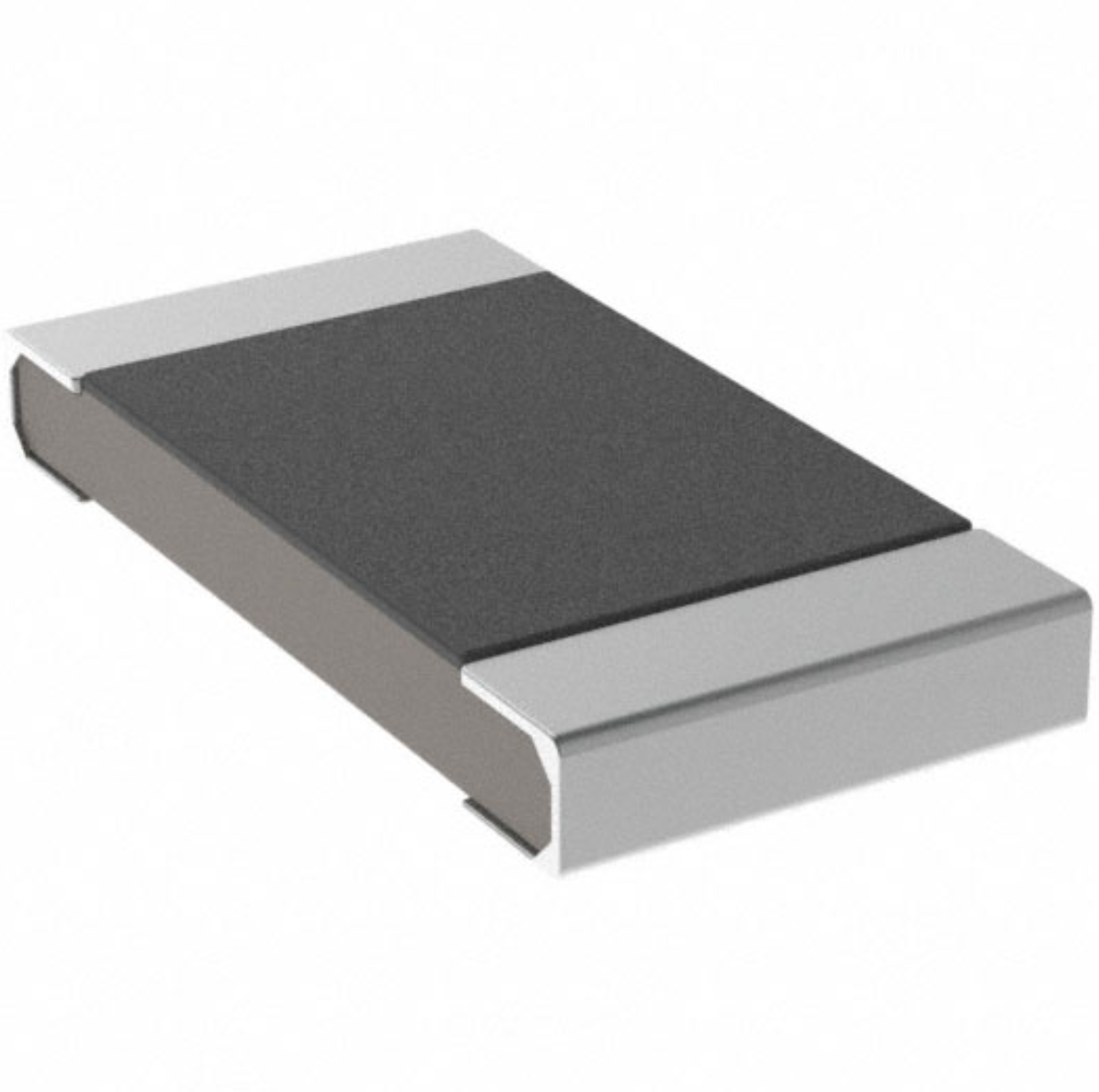
1206 resistor dimensions,footprint,value
2025-06-05
120 Ohm Resistor- Specifications, Applications, and Features
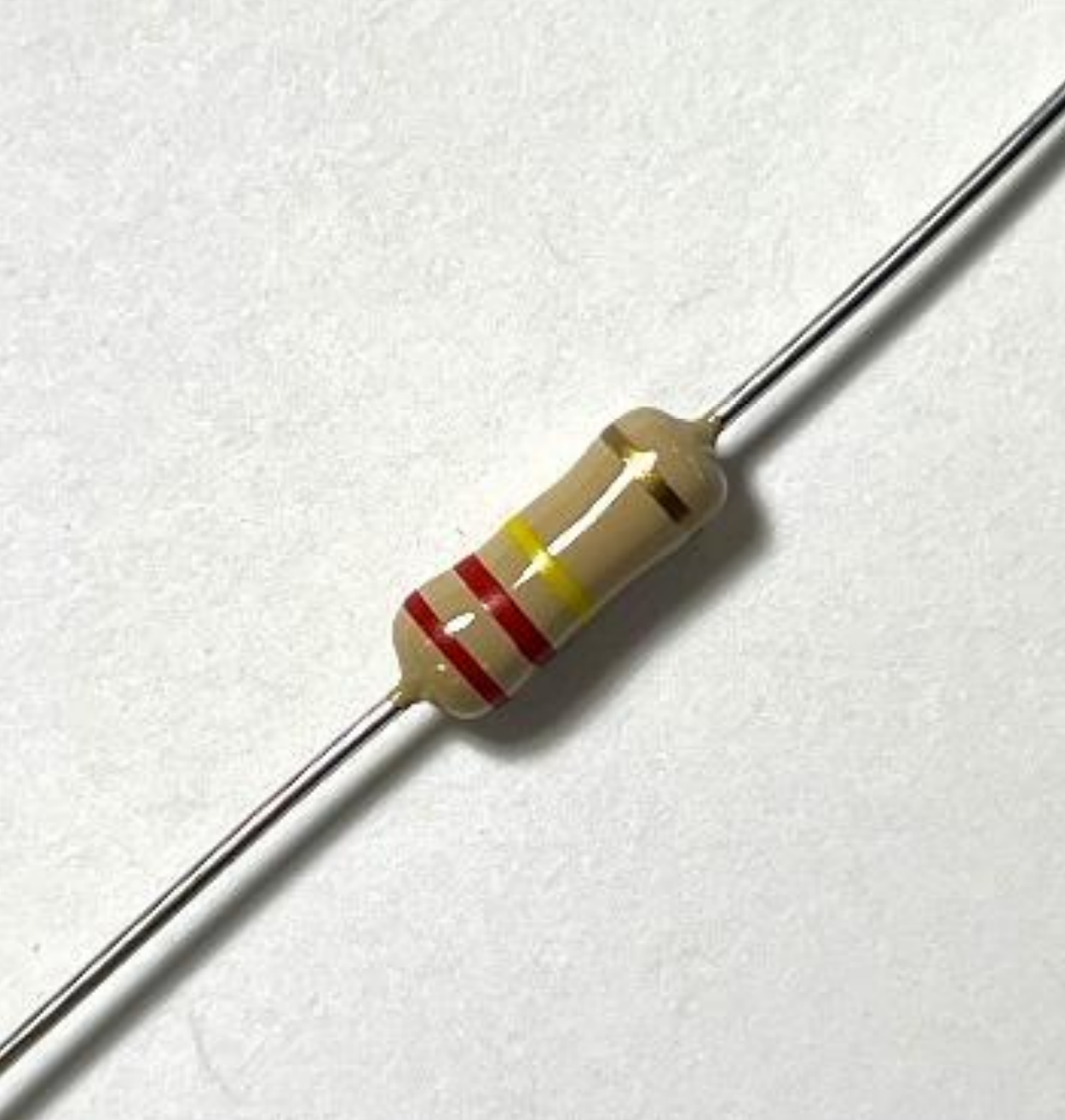
2025-05-12
What Is The 1K Ohm Resistor?

1k ohm resistor and color code
2025-05-21
What is 100 Ohm Resistor And Color Code?
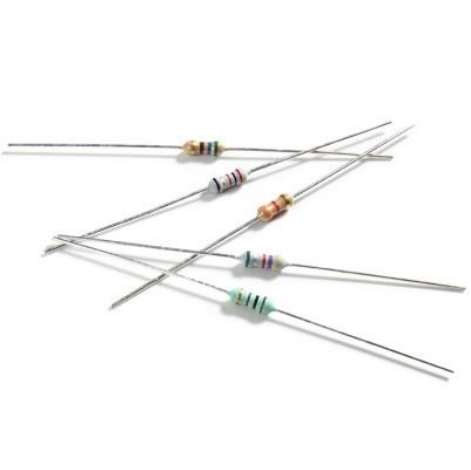
100 ohm resistor color code
2025-05-17
What Is The 0805 Resistor?
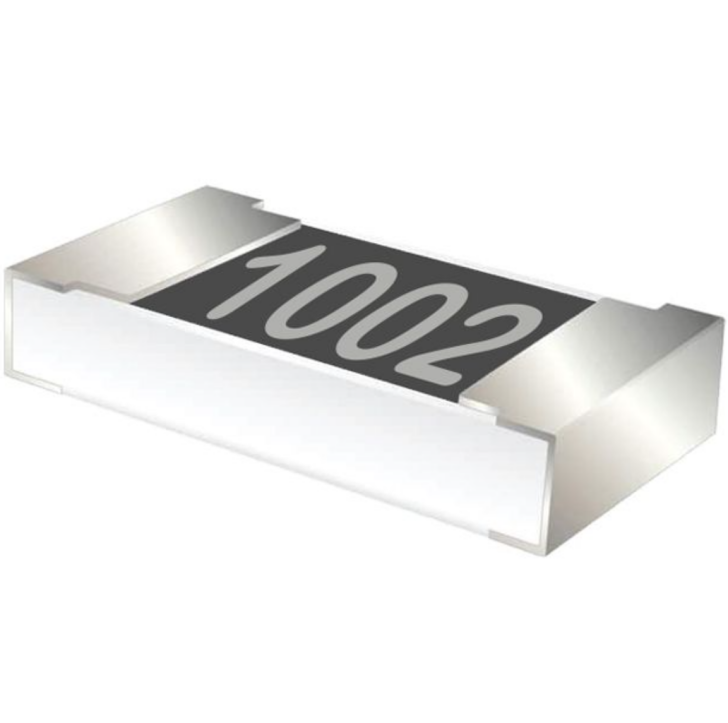
0805 Resistor, dimensions, value, tolerance, footprint
2025-05-31
What Is A 0201 Resistor?
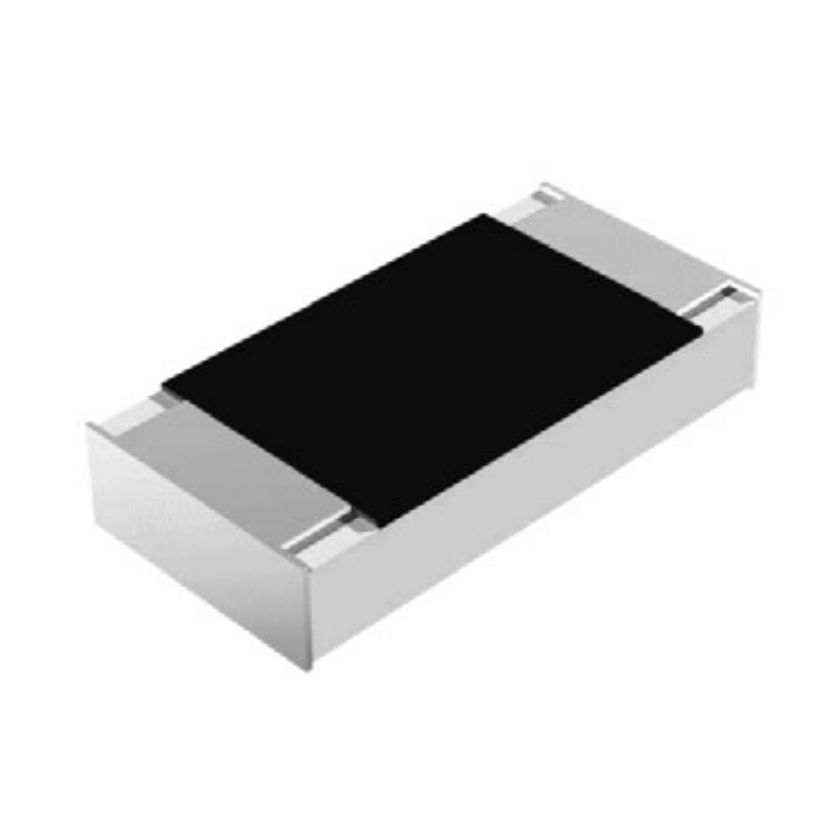
0201 Resistor dimensions, footprint,values
2025-05-24











 Product Catalog
Product Catalog





